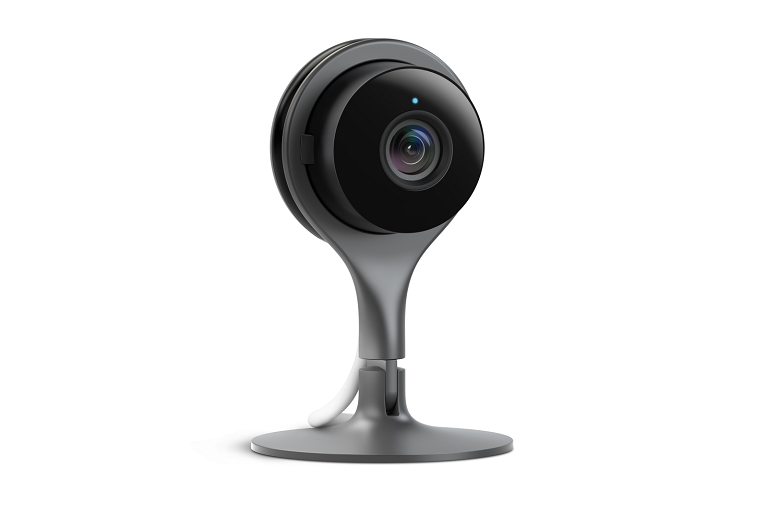


And what better way to accomplish this than to use the theoretical S/N of the ADC used in the camera. Possibly the easiest way for manufacturers to convince customers that one camera is better than another is to use this spec. But here again, camera vendors can interpret and report these specification is different ways (see “Measuring the signal-to-noise ratio of digital cameras,” p. Certainly, an S/N of 20 dB may result in a camera with so much noise that the image is unusable for machine-vision applications, and one with a 60 dB ratio may appear to have very little noise. The S/N can only be used as a rule of thumb when provided as the sole figure for camera performance. While these parameters are generally not specified on camera manufacturers’ data sheets, they can be used with QE measurements to derive maximum S/N, absolute sensitivity, and the dynamic range of a camera. While dark noise measures the variation in the number of electrons that are thermally generated within the CCD or CMOS imager itself, saturation capacity describes the number of electrons that an individual pixel can store.

But rather than specify QE in percentages, this figure is presented as a “relative response,” which gives only a relative, not absolute, measurement of QE.ĭark noise and saturation capacity are also important parameters for camera designers. Soliton Technologies, for example, uses the MT9T001 in the design of its M211-CFW30, a FireWire area-scan camera. Unfortunately, this can sometimes be confusing. In choosing a camera for a particular application, camera QE performance is also provided. In comparison, the KAF-3200, 2184 × 1510 CCD imager from Kodak Image Sensor Solutions is specified with a 70% QE at 550 nm. CMOS image sensor from Micron Technology peaks at approximately 550 nm at a value of approximately 37% (see Fig. In comparison, the KAF-3200 CCD imager from Kodak is specified with a 70% QE at 550 nm Click here to enlarge image In the QE of the MT9T001 CMOS image sensor from Micron Technology the device peaks at approximately 550 nm at a value of approximately 37%. Quantum efficiency of sensors is calculated as a ratio of the charge created by the device for a specific number of incoming photons. When implemented within a camera, the maximum QE of the camera should be less than that of the sensor, due to external optical and electronic effects.įIGURE 1. This provides a measure of the sensitivity of the device. Generally, this reaches a maximum when green light of about 550 nm is present. As the QE will change over different wavelengths, it is usually plotted as a function of wavelength. Quantum efficiency of both CCD and CMOS sensors is calculated as a ratio of the charge created by the device for a specific number of incoming photons. From these measurements, maximum signal-to-noise ratio (S/N), absolute sensitivity, and dynamic range can be determined before deciding on what type of interface best fits the specific needs of the machine-vision application. To compare specific cameras, information such as the quantum efficiency (QE), the dark noise, and saturation capacity of the sensor/camera combination must be known. A number of reasons make the choice of any particular camera complex, including partial, misleading, or difficult-to-compare specifications issued by manufacturers. This is especially true when deciding on whether cameras based on CMOS image sensors can meet the needs of the application. By Andrew Wilson, Editorĭeciding on which camera suits any particular machine-vision application is complex. Performance specifications and actual performance should be clearly understood when integrating sensors and cameras into vision systems. Camera Specs for Machine Vision Applications


 0 kommentar(er)
0 kommentar(er)
